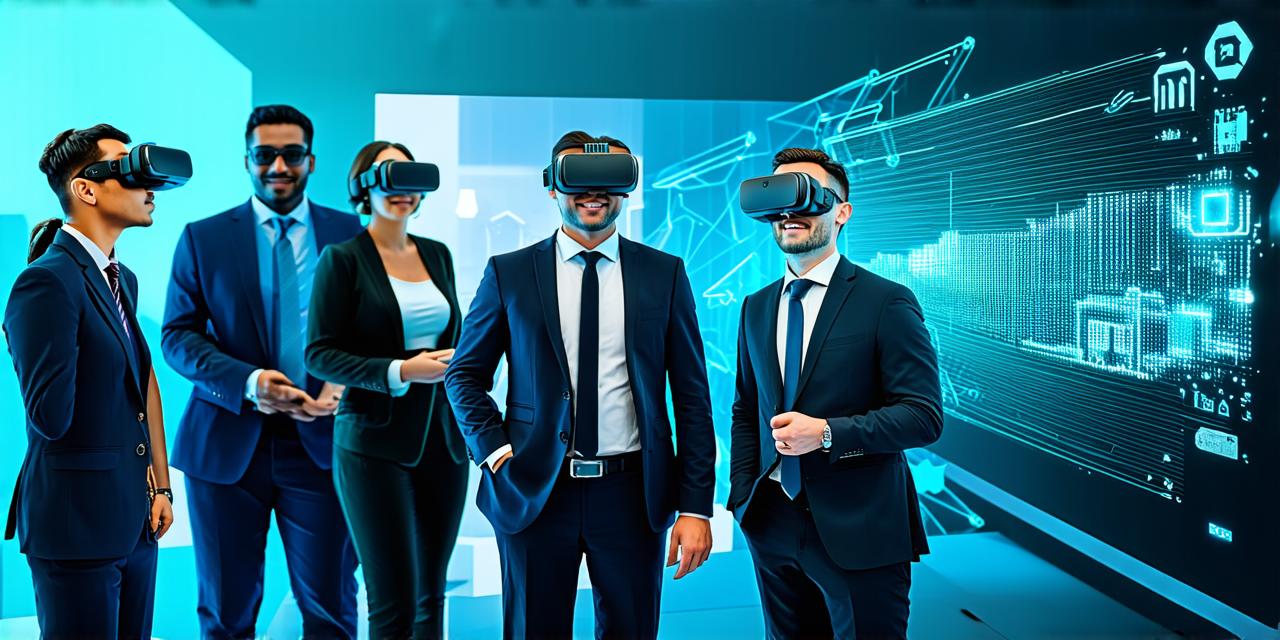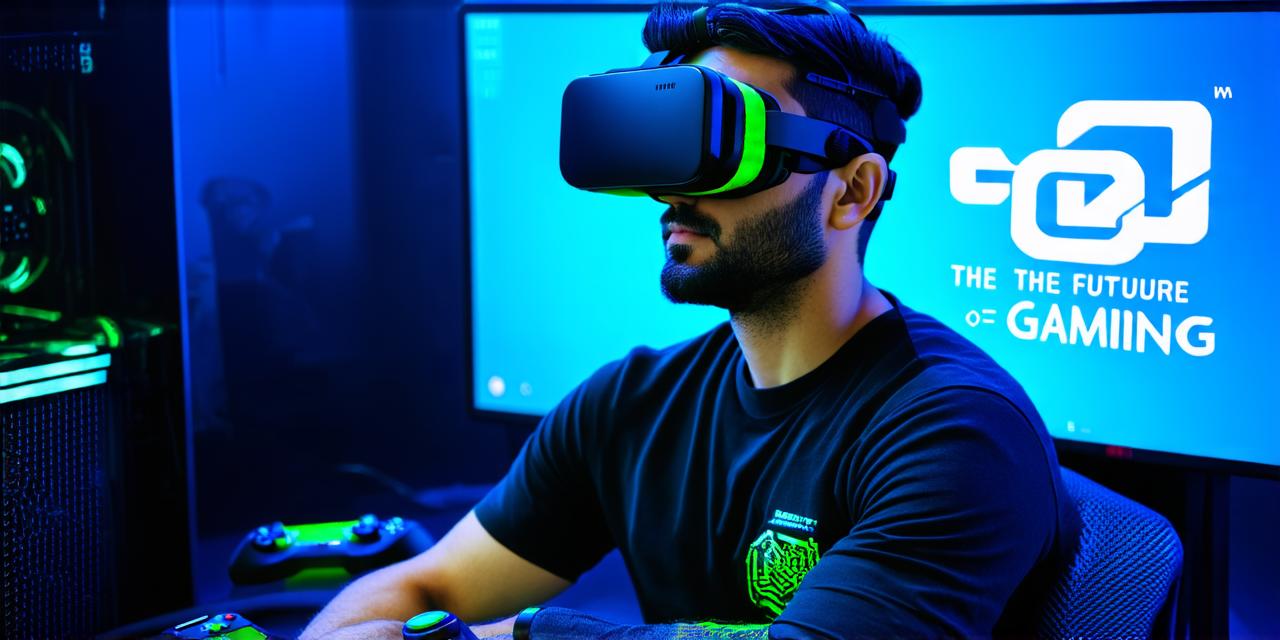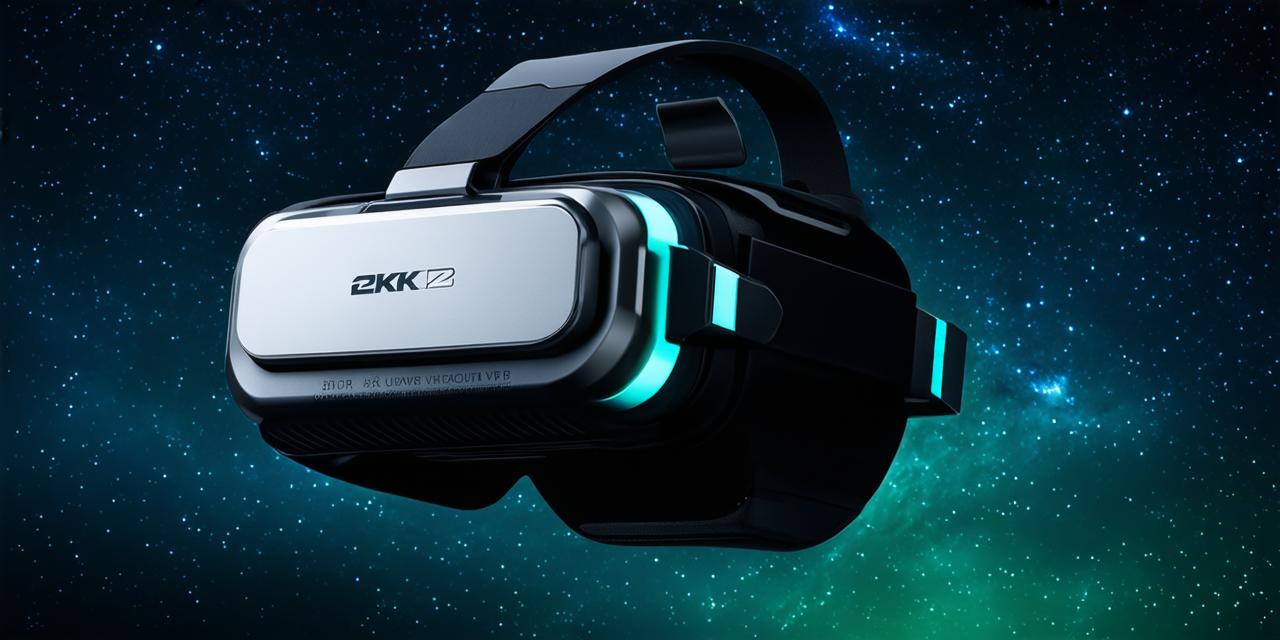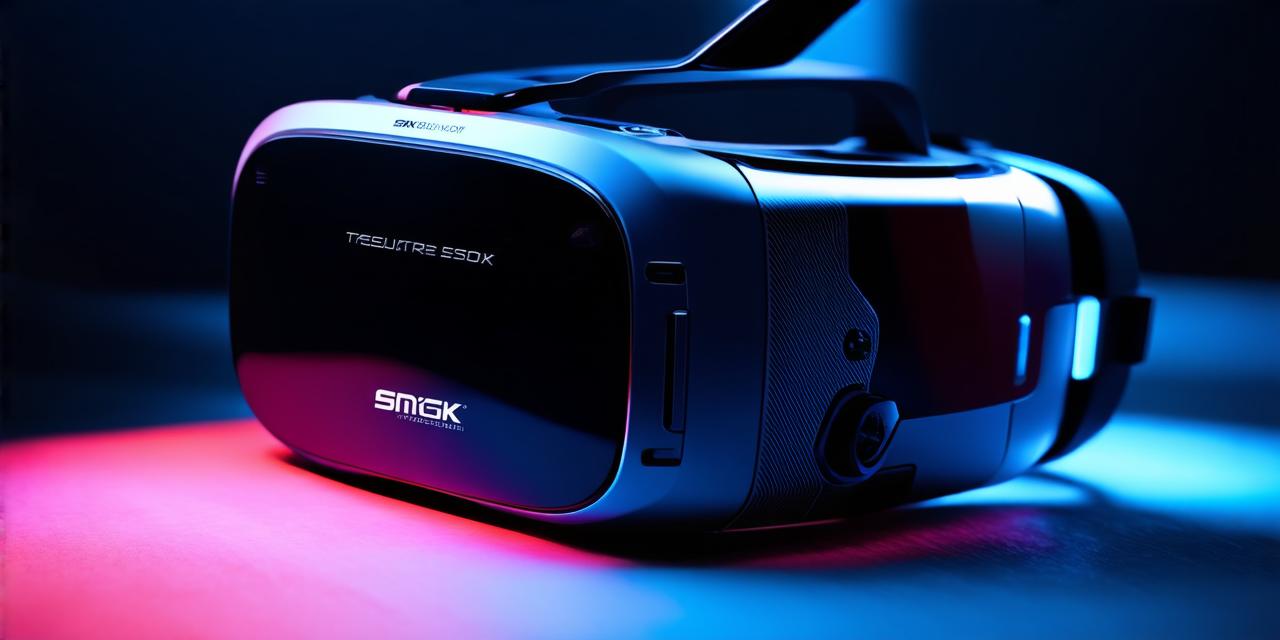The Benefits of Virtual Reality for Inclusivity
Virtual reality (VR) is transforming how we work and interact with each other. One of the ways VR is helping to create a more inclusive work environment is by providing an immersive experience that can bridge physical and geographical barriers.
1. Immersive Collaboration
Virtual reality enables people to work together in a shared, immersive space, regardless of their physical location or time zones. This allows team members to collaborate and work together seamlessly, even when they are not in the same room.
2. Accessibility
Virtual reality technology can make it easier for people with disabilities to participate in the work environment. For example, individuals with mobility or vision impairments can use VR controllers and headsets to navigate a virtual environment and interact with others in real-time.
3. Training and Development
Virtual reality can be used to provide training and development opportunities for employees who may not have access to these resources otherwise. For example, medical professionals can use VR simulations to practice surgical procedures or emergency response scenarios, allowing them to improve their skills and prepare for real-life situations.
4. Enhanced Communication
Virtual reality enables people to communicate in a more engaging and interactive way, making it easier for team members to understand each other’s perspectives and ideas.
Real-Life Examples of Virtual Reality in the Workplace
Virtual reality technology is already being used in various industries to create more inclusive work environments. Here are some real-life examples of how VR is being used:
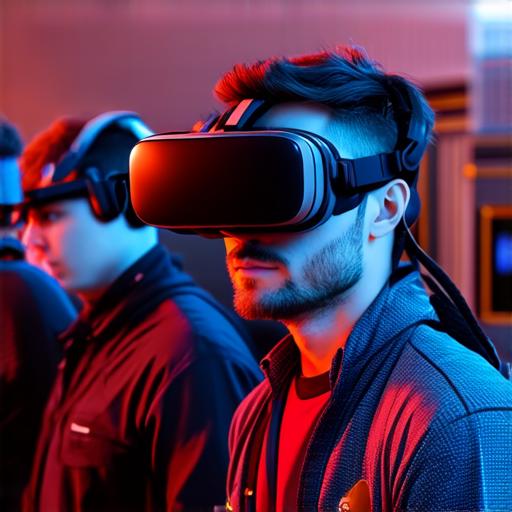
- Architecture: Architects are using virtual reality technology to design and visualize buildings for clients in real-time, allowing them to provide feedback and make changes on-the-fly. This not only saves time and money but also enables architects to create more inclusive designs that cater to the needs of all stakeholders.
- Medical Training: Medical professionals are using virtual reality simulations to practice surgical procedures or emergency response scenarios, allowing them to improve their skills and prepare for real-life situations. This can help create a more inclusive work environment by providing equal opportunities for growth and development.
- Customer Service: Virtual reality is being used in customer service training to simulate real-world scenarios, such as dealing with difficult customers or handling high-pressure situations. This allows employees to practice their skills in a safe and controlled environment, enabling them to provide better service to customers and create a more inclusive work environment.
- Remote Work: Virtual reality technology is being used by remote teams to facilitate collaboration and communication among team members from different locations and time zones. This not only saves time and money but also enables teams to work together seamlessly, even when they are not in the same room.
The Impact of Virtual Reality on AR Developers
AR developers can benefit greatly from virtual reality technology by using it to create more immersive and engaging experiences for their users. Here are some ways VR can impact AR developers:
- Increased Engagement: Virtual reality enables AR developers to create more immersive and engaging experiences for their users, which can lead to increased user engagement and retention.
- Improved User Experience: Virtual reality enables AR developers to create experiences that are more intuitive and natural, which can lead to a better user experience.
- Enhanced Creativity: Virtual reality enables AR developers to think outside the box and come up with new and innovative ways to create immersive experiences for their users.
- Increased Collaboration: Virtual reality enables AR developers to collaborate more effectively with their teams, allowing them to bring their ideas to life in a shared virtual space.
FAQs
1. How does virtual reality contribute to creating a more inclusive work environment?
Virtual reality technology enables people to experience a simulated environment that is interactive, immersive, and highly engaging. This technology has the potential to break down barriers and facilitate communication and collaboration among team members from different locations and backgrounds.
2. What are some real-life examples of virtual reality in the workplace?
Virtual reality technology is already being used in various industries to create more inclusive work environments. Examples include architecture, medical training, customer service, and remote work.
3. How can AR developers benefit from virtual reality technology?
AR developers can benefit greatly from virtual reality technology by using it to create more immersive and engaging experiences for their users. This can lead to increased engagement, improved user experience, enhanced creativity, and increased collaboration.
4. What are some challenges associated with implementing virtual reality in the workplace?
Some challenges associated with implementing virtual reality in the workplace include cost, technical complexity, resistance to change, and lack of standardization.
Summary
Virtual reality technology has the potential to transform how we work and interact with each other. By providing an immersive experience that can bridge physical and geographical barriers, VR can contribute to creating a more inclusive work environment. AR developers can benefit from this technology by using it to create more immersive and engaging experiences for their users. As virtual reality continues to evolve, we can expect to see even more innovative ways in which this technology is used to create a more inclusive and collaborative work environment.
